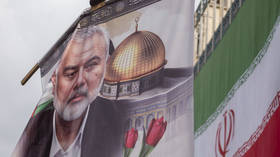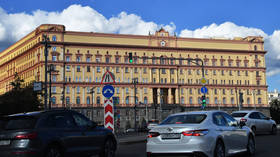Saudi Arabia made a cunning move to boost its influence. Will Israel step in?
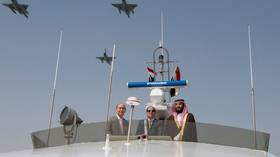
In order to resolve its economic crisis, which is aggravated by a shortage of hard currency, Egypt has been forced to take some unpopular measures to attract foreign investment in national development projects. In recent months, the situation has become particularly dangerous, since Egypt risks losing part of its territory.
According to an Egyptian government source, Saudi Arabia has proposed buying the promising Ras Jamila tourist area on the Red Sea coast using its deposits at the Central Bank of Egypt (CBE) and acquiring several state-owned Egyptian companies. An official from the Ministry of the Public Business Sector, the entity negotiating the deal, said that Egypt had pre-approved the proposal, which would provide it with immediate access to foreign currency. In February 2024, Cairo signed a similar $35 billion deal with the UAE regarding the development of the Ras El Hekma resort on the Mediterranean coast, which also involves using $11 billion in foreign deposits at the CBE.
Saudi Arabia’s deposits at the CBE amount to about $10.3 billion. Riyadh’s offer on the development of Ras Jamila also entails acquisition of a controlling stake in Egyptian educational company Sera Education and other companies in the fields of real estate, development, healthcare, energy, electricity, financial services, and food. According to local media, these deals will be announced soon.
Ras Jamila’s investment value
The Ras Jamila area is currently a popular diving site. It is located about 11.5km from Sharm El Sheikh International Airport in the South Sinai Governorate. Ras Jamila is situated directly opposite the islands of Tiran and Sanafir in the Red Sea, which Egypt ceded to Saudi Arabia in 2016 as a result of an ambiguous border demarcation agreement that caused major protests in Egypt.
Saudi investors want to conclude this deal because of Ras Jamila’s proximity to the Tiran and Sanafir islands and the potential for developing tourism between Sharm el Sheikh and the Neom urban area, which is being built in northwestern Saudi Arabia. In February, Egypt’s Minister of the Public Business Sector Mahmoud Esmat announced plans to offer the Ras Jamila area for investment. According to Esmat, this area of about 860,000 square meters has great strategic value.
The sale of state assets
Egypt has huge debt, which is mainly a result of the country’s increased spending on megaprojects such as the construction of the new administrative capital and arms deals. According to the CBE, over the past ten years, Egypt’s external debt has quadrupled, reaching $168 billion by the end of 2023, which is equal to 43% of the country’s GDP. Just in the last quarter of 2023, Egypt’s foreign debt increased by $3.5 billion.
As a result of the crisis, the Egyptian government turned to the International Monetary Fund (IMF) for assistance. The country devalued its currency by over 35%, and thus gained additional loans from the IMF. In March 2024, the IMF approved increasing Egypt’s bailout loan from $3 billion to $8 billion. In addition, the IMF recommended that Egypt adopt a tighter monetary policy to combat the nearly 30% inflation, adopt a more flexible official exchange rate, reduce spending on large government projects, and reduce fuel subsidies.
In an effort to mitigate the economic crisis, Egypt has been selling state assets to the Persian Gulf states since 2018. According to the same government source, Saudi Arabia’s offer also includes buying at least six public companies, including National Co. for Natural Water in Siwa (SAFI) and Wataniya Petroleum, which are owned by the Egyptian military.
The Ras Jamila deal
At the end of February 2024, Egypt unveiled plans to develop the Ras Jamila coastal zone. In an interview with local television, Public Business Sector spokesperson Mansour Abdel Ghani said that the Council of Ministers had formed a special committee to discuss the issue. The media immediately assumed that Saudi Arabia must be the investor, particularly since in 2018 Riyadh said that Egypt had promised to allocate it territory in South Sinai that would become part of the huge Neom urban and business zone.
In April, Saudi Arabia’s Ajlan & Bros Holding Group submitted a proposal to the Egyptian Cabinet of Ministers regarding the construction of about ten hotels in the Ras Jamila region (numbering about 3,000 hotel rooms in total) and promised investments of $1.5 billion. At the same time, Saudi Arabia’s Public Investment Fund (PIF) tried to reach an agreement with Egypt that would give it the right to operate Ras Jamila Port. When the dialogue reached a dead end due to Cairo’s demand to finance the deal with cash, Riyadh offered to use its deposits at the CBE.
Strategic plan
Ras Jamila is located near the islands of Tiran and Sanafir in the Red Sea, which Egypt ceded to Saudi Arabia in 2016 as part of an agreement approved by the Egyptian parliament. It is also located near the site of the future bridge over the Red Sea – this project was announced by Saudi King Salman bin Abdulaziz Al Saud during a visit to Cairo in the same year.
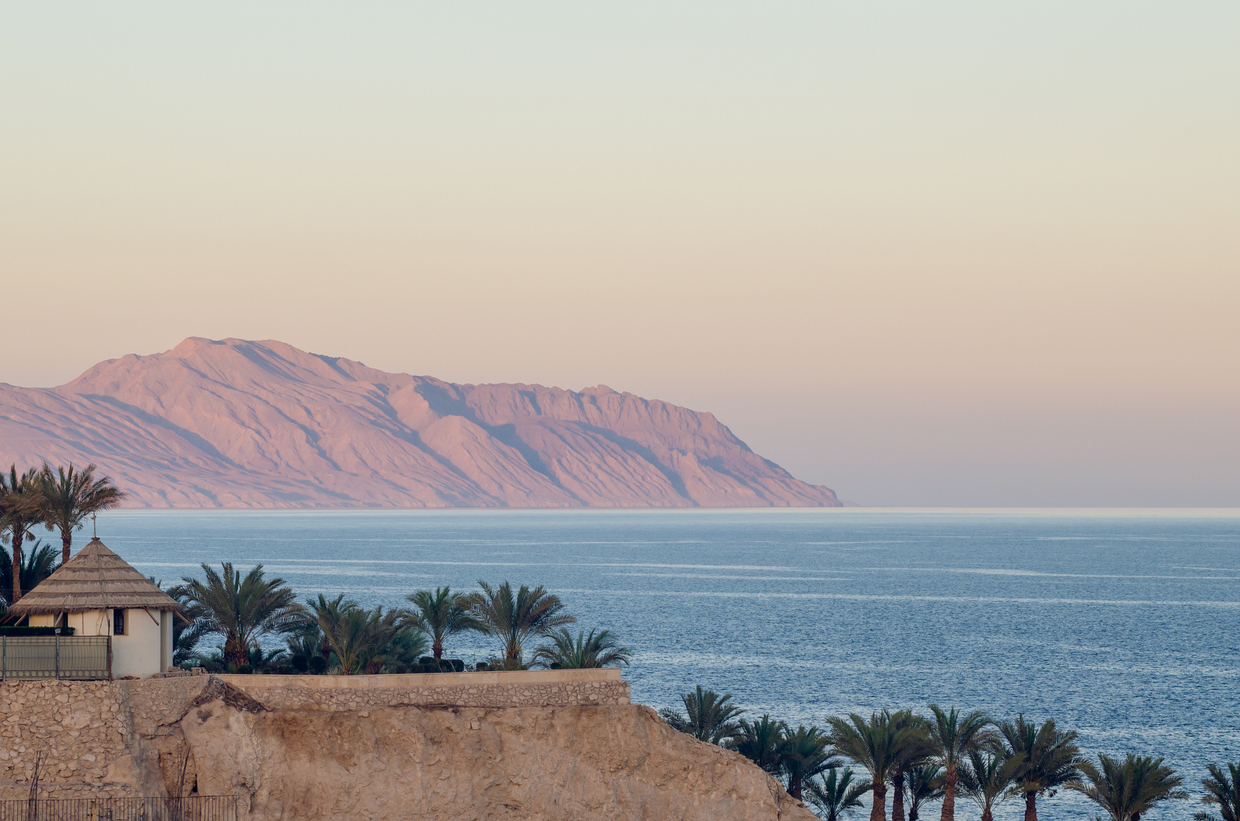
The Egyptians are highly concerned about this situation and believe that by investing in the development of the Egyptian port Ras Jamila, Saudi Arabia seeks to establish full control over the Straits of Tiran – the only passageway from the Gulf of Aqaba to the Red Sea. Local experts have been writing about this for several months.
Looking at the map, we see that such assumptions are quite logical. Ras Jamila is located next to the Sharm El Sheikh resort and north of its airport. It is the closest point to the island of Tiran which, along with the second island, Sanafir, Egypt ceded to Saudi Arabia in accordance with the agreement on the demarcation of maritime borders dated April 8, 2016.
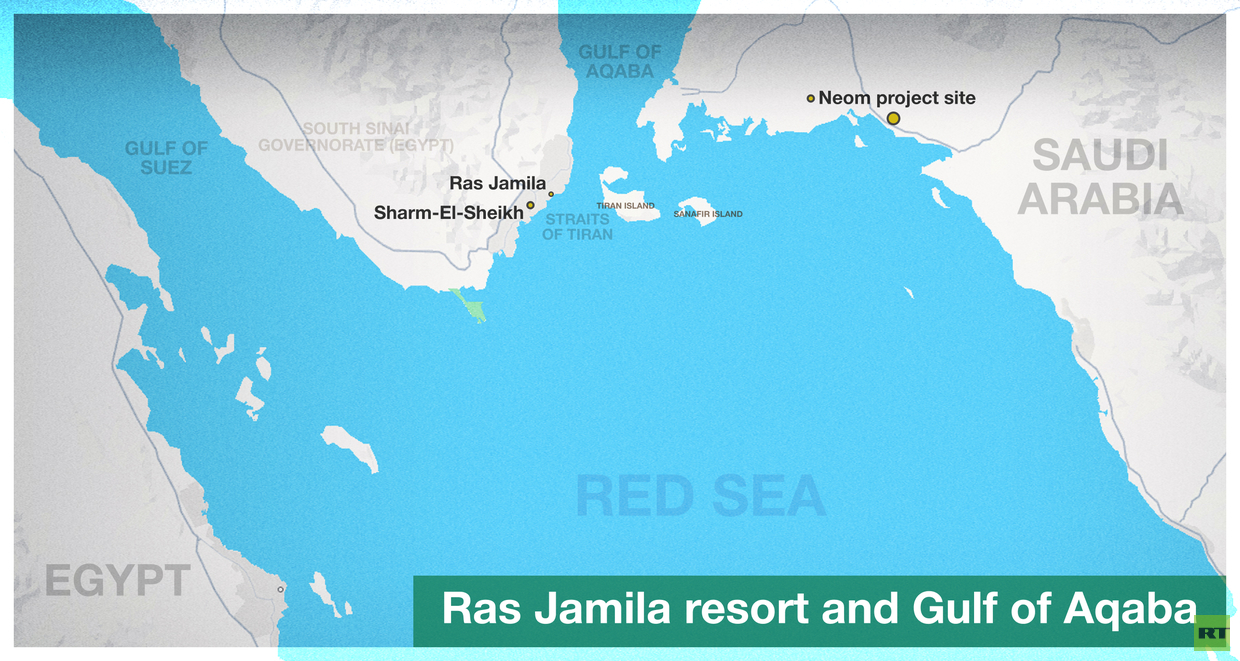
The two islands – which, according to a Bedouin legend, were named after Princess Sanafir and a poor young man called Tiran, who were separated and imprisoned there – are located 40 km from Sharm El Sheikh. Navigation in the Straits of Tiran is possible only through the corridor between Tiran and Sharm El Sheikh, whereas other routes are unsuitable due to shallow waters. The area of Tiran is 80 square kilometers, and the island of Sanafir is 33 square kilometers. In ancient times, Tiran was the center of trade between India and Southwest Asia, and a Byzantine station for collecting customs duties. Now the islands, famous for their clear waters and incredible coral reefs, attract diving enthusiasts.
Tiran and Sanafir as part of Egypt
Egypt’s sovereignty over the islands was first sealed in the Convention of London of 1840, which was signed after Europe’s intervention in the war between Egyptian ruler Muhammad Ali Pasha and the Ottoman Empire. In the course of the war, Muhammad Ali established control over the whole of Syria and part of the Arabian Peninsula, and demanded acknowledgement of Egypt’s sovereignty. At that time, the weakening Ottoman Empire could not stop the Pasha’s ambitious plans, which forced Great Britain, Russia, France, Austria, and Prussia to intervene in the war. With the aid of the European powers, a peace treaty was concluded under the terms of which Muhammad Ali retained control only over Egypt and the islands of Tiran and Sanafir.

In 1906, the islands were also recognized as part of Egypt by the British-Turkish agreement, according to which Egypt became a British protectorate. However, in the 1930s, the newly created Kingdom of Saudi Arabia declared its claims to these islands, which were allegedly part of the Kingdom of Hejaz. During the Suez Crisis in 1956, when French, British, and Israeli troops landed on the Sinai Peninsula in response to Egyptian President Gamal Abdel Nasser’s decision to nationalize the Suez Canal, the islands were temporarily occupied by the Israeli military. After the USSR’s intervention the conflict came to an end, and in November 1956 the islands were returned to Egypt. As a result of the Six-Day War of 1967, Tiran and Sanafir again came under Israeli control and were returned to Cairo only in 1982. According to the Camp David Accords of 1978-1979, which established peace between Egypt and Israel, the islands became part of so-called Zone C, where international peacekeeping forces would be located.

In 2010, Egypt and Saudi Arabia began negotiations on the demarcation of territorial waters and the status of the islands. In 2016, an agreement was signed on the transfer of the islands to Riyadh. At the same time, another agreement was signed on the construction of a 50 km-long bridge across the Red Sea, which would connect the Egyptian resort of Sharm El Sheikh, the island of Tiran, and Ras Alsheikh Hamid in Saudi Arabia. The signing of this document was part of the Sinai Peninsula development project, for which Riyadh allocated $1.7 billion.
The decision to transfer the islands to Saudi Arabia caused violent protests in Egypt and was opposed both by civilians and the country’s judicial system. Mass protests swept across the country and were dispersed by the police. On June 21, 2016, the Supreme Administrative Court proclaimed this deal invalid, declaring that it runs counter to the 1906 agreement and violates state regulations. The government filed an appeal, which was rejected on November 8, 2016.
However, on April 2, 2017, the Cairo Court for Urgent Cases recognized the legitimacy of the agreement between Egypt and Saudi Arabia, and the Supreme Administrative Court’s ruling was declared invalid. On June 13, 2017, the agreement on the transfer of the islands was approved by the Egyptian Parliament, and in 2018 it was ratified by the Supreme Court.
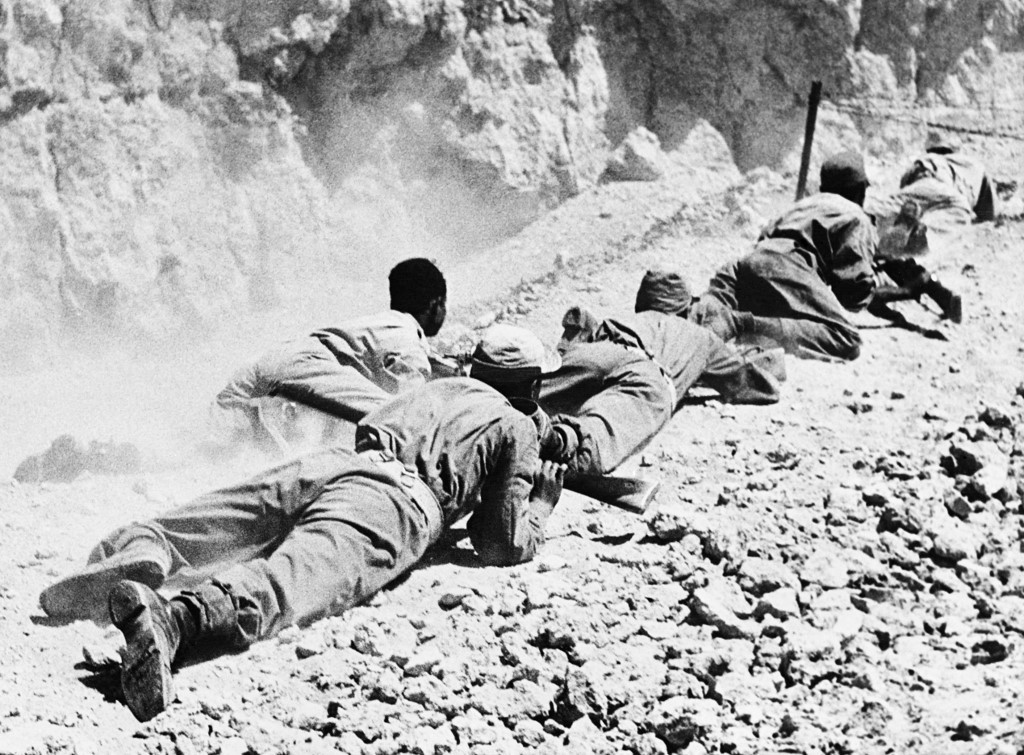
Israel’s role
For Israel, the transfer of the islands became a means of exerting pressure on Saudi Arabia, a country with which Israel seeks to normalize diplomatic relations. The deal required Tel Aviv’s approval, since the Camp David Accords stipulate the demilitarization of both islands and the presence of multinational peacekeeping forces, headed by the US, on their territory.
Israel gave permission to transfer the two islands to Saudi Arabia, but the issue of withdrawing peacekeeping units, which Riyadh insisted on, led to negotiations between Israel, Saudi Arabia, and Egypt, which were mediated by the US. In the summer of 2022, the parties concluded an agreement according to which multinational peacekeeping forces, including US soldiers, should be deployed to the nearest area in the Sinai Peninsula, from where they will be able to remotely monitor the situation through a closed-circuit television (CCTV) camera system.
As part of the agreement, Saudi Arabia also agreed to allow Israeli planes heading east to India and China to cross its airspace. Riyadh also promised that it would discuss the possibility of transporting Muslim pilgrims from Israel to Jeddah. The issue forced Washington to negotiate with Oman, since if the latter didn’t allow Israeli planes to fly through its airspace, the agreement with Saudi Arabia would’ve been useless. In February 2023, Oman finally gave permission to cross its airspace.
In December 2022, Egypt unexpectedly suspended the trilateral agreement and expressed concern over some of its points. These were mostly technical issues, such as the installation of video surveillance cameras on the islands. As a result, peacekeeping forces have not been withdrawn yet and the process of normalizing diplomatic relations between Riyadh and Tel Aviv has stalled due to the war in Gaza, which unexpectedly broke out in October 2023.
Nevertheless, last year Saudi Arabia published an updated official map of the kingdom which included the islands of Tiran and Sanafir with only minor changes in names. Saudi Arabia’s General Authority for Survey and Geospatial Information called on all government agencies to refer to this map. Currently, the only unresolved issue concerns the presence of international peacekeeping forces on the islands. When a solution is found, UN peacekeeping units will withdraw to the “nearest point” on the Sinai Peninsula – which in fact is the “future luxury resort” of Ras Jamila.











